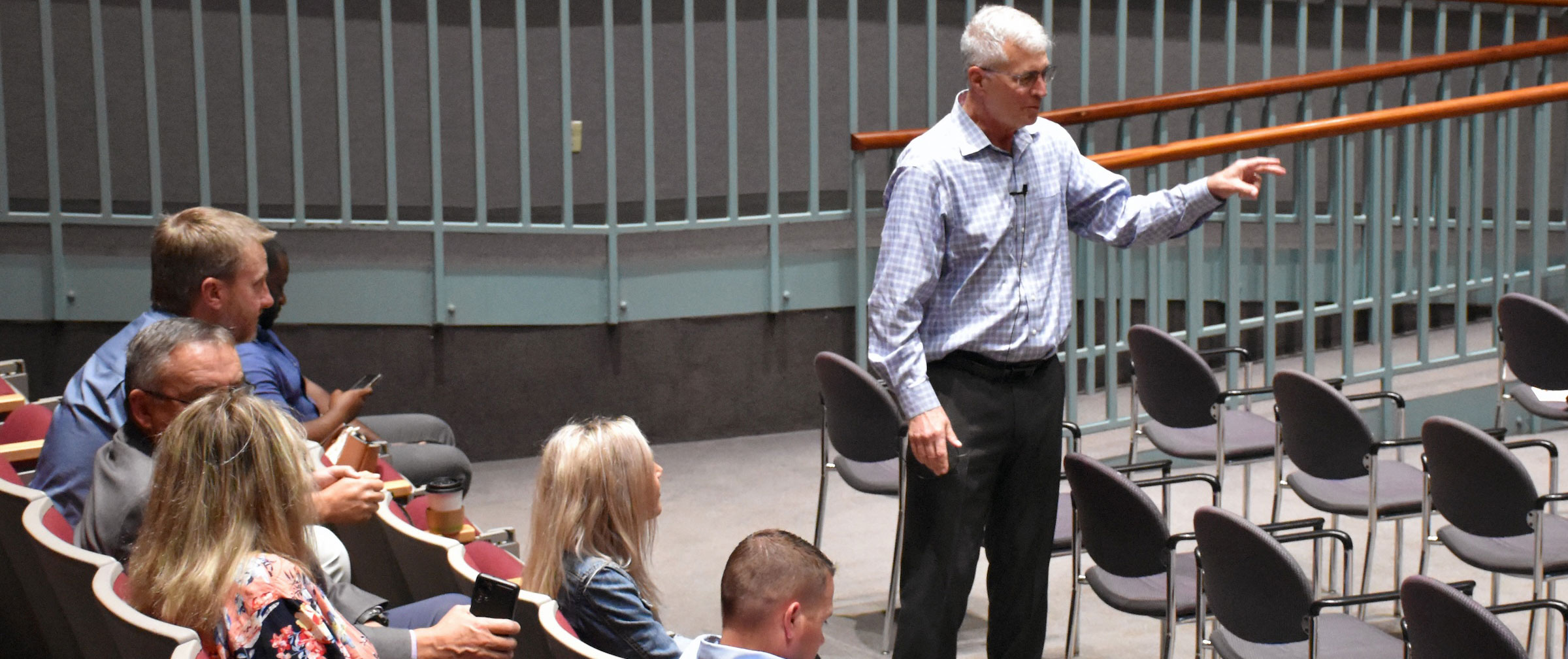Eliminating pain as a fifth vital sign? What a cop-out !
Lately I am sure that all of you have seen the recommendations to the AMA and other organizations to eliminate pain as a fifth vital sign and furthermore eliminate pain scores from Pay for Performance reimbursement mechanisms.
I totally understand that we are in an opioid epidemic of unprecedented proportions. There are now more deaths from opioids than automobile accidents. Opioid addiction has truly become one of the major health challenges facing our country. I also understand how an over-emphasis of pain management and the availability of inexpensive narcotics can exacerbate the problem. No doubt, we as caregivers have contributed to this national problem. And we need to do something about it.
But eliminating pain documentation as a vital sign? Aren’t we just shooting the messenger?– or more importantly, maybe even blinding ourselves to an important message?
Managing the opioid epidemic will be a very difficult medical and social challenge. It will require the private and public sectors working together more than ever before. It will require community strategies that result in the simultaneous management of the two major contributing factors:
Reducing the narcotic supply
And maybe most importantly, reducing the narcotic demand– specifically, reducing the prescribing of narcotics by revisiting how we as a medical profession and as a society view and manage pain.
The fact is, pain management is of paramount importance to patients. Some studies show that it is the number one concern of all patients coming into the hospital. Surgery is painful. Many medical procedures are painful. Patients fear the prospect of having pain. To ignore measuring this important patient issue is simply stupid. Since patients vote with their feet, if a patient is dissatisfied with pain management, there is a high likelihood that patient will seek care elsewhere. Monitoring and managing pain is an essential part of patient care and always will be. Period.
Rather than casting a blind eye to pain scores, we need to consider the following:
- Practice better pain management. We have developed a culture where pain means “narcopenia”. Care givers are far too lenient in giving narcotics, and when they do, prescribe them for too long a period or give multiple refills. Pain must be treated in a multimodal fashion. It must be managed on an ongoing basis.
There are numerous studies that show a multimodal pain approach both reduces the need for narcotics and actually gives better pain relief and higher patient satisfaction scores. We need to maximize other pain modalities using multiple available methods such as non-steroidal therapeutic agents, regional blocks, stress management, etc., before simply resorting to narcotics. However, when indicated they can be used vigorously but must be discontinued as soon as practicable. In either case, other potential methodologies should be maxed out before resorting to narcotics.
- Addiction is as a disease, not a social affliction or weakness. Society needs to look at addiction as a medical illness. We need to emphasize appropriate rehabilitation and provide the social and medical infrastructure in which to do so. Until addiction is accepted as a legitimate disease, it will never receive the attention that it needs, and patients will continue to suffer.
- Caregivers and patients must be better educated regarding pain. For example, post-operative pain should be expected. The goal for the post-operative patient is not zero pain, but rather minimizing and managing that pain. Non-narcotic pain management modalities should be the initial treatment recommendations. When narcotics are appropriately prescribed, there should be predetermined endpoints for their use. Even in situations of chronic pain, the goal should be to maximize non-narcotics and minimize opioids. We must redefine our culture of easy, inexpensive solutions with narcotics. The patient and physician must together develop a plan to manage the patient’s pain in an appropriate fashion. If the clinical situation changes, the plan should be revised.
- Narcotics do have a legitimate role in pain management. I am not saying that they should never be used. Certainly in acute situations such as trauma, narcotics play a very important role and will continue to do so. Narcotics play a key role in multi-modal pain management, but rarely as an initial agent.
We have a long way to go in order to curb this opioid epidemic. I am thankful that the problem is finally receiving the attention that it deserves.
But eliminating pain as a major indicator is simply a cop-out. It is counterproductive and will lead to unnecessary needless suffering on the part of the patient.
We have a better way. Let’s revisit our management of pain. Let’s better inform our caregivers and patients.
Let’s treat the disease instead of ignoring the symptoms !!!!




